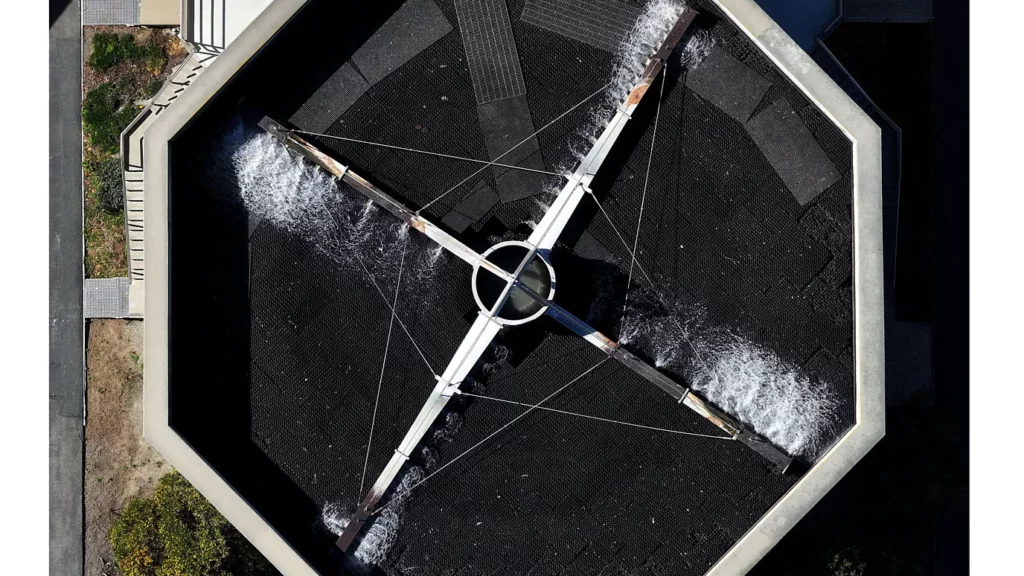Dams and reservoirs around the world are an underestimated source of methane. Now, new companies want to capture this gas as an energy source.
Often regarded as one of the oldest forms of renewable energy, hydroelectric dams and their reservoirs are responsible for releasing the equivalent of almost a billion tonnes of carbon dioxide into the atmosphere (with much of these greenhouse gas emissions in the form of methane) as the water approaches and then rushes through the turbines that generate electricity. Methane is a greenhouse gas that is more than 80 times more potent than carbon dioxide over a 20-year period, but it also decomposes more quickly in the atmosphere than CO2.
These hidden emissions mean that hydroelectricity may not be as clean as it seems at first glance.
The reason is that it’s not just water that passes through the turbines – many dissolved greenhouse gases also pass through. Just as carbon dioxide dissolves in our sparkling water under pressure, methane gas dissolves in large bodies of water under certain conditions.
Bluemethane is developing technology that captures methane from bodies of water such as reservoirs and sewage treatment plants. Methane is the main component of fossil natural gas and can be burnt as an energy resource.
The technology will be able to capture methane bubbles as they rise to the surface, channelling them to be collected and used as a non-fossil source of biogas.
The commercialisation of Bluemethane technology is already being tested by United Utilities, a water company in the north-west of the UK.



